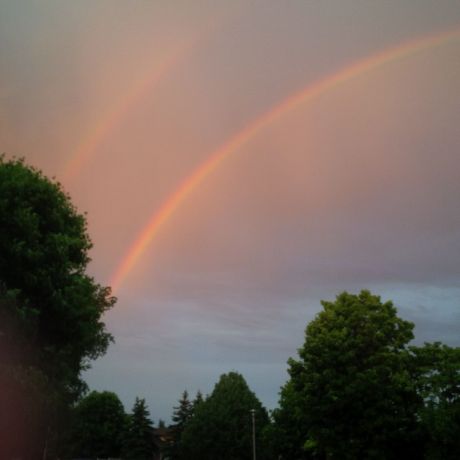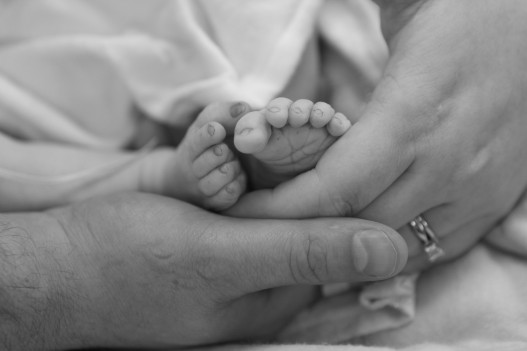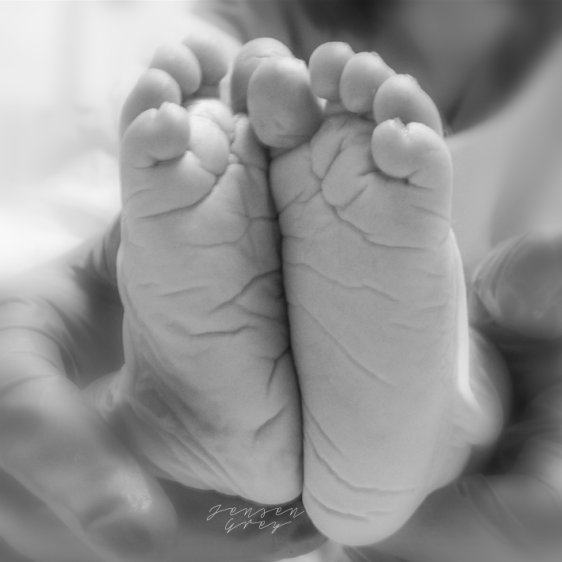I’ve always been an anxious person. Even as a young child I habitually anticipated the worst possible outcomes that could result from innocuous daily events. For instance, in kindergarten I purposefully missed the bus on field trip days because I was convinced that I would somehow get lost and never see my family again. Similarly, I lived in a state of perpetual terror that my mother was going to die each time she left the house to run errands, and I would haul my infamous blue stool to the living room window and wait for hours on end for her to return. I hated going on boats and refused to venture into the deep end of any swimming pool due to the possibility of drowning. At age 30 I still don’t have a driver’s license because of my fears about the carnage that may ensue each time I get behind the wheel.
Despite these early catastrophizing tendencies, somehow I managed to get through the bulk of my childhood and young adult years without my anxiety interfering with my daily quality of life. That is, until I began embarking on my doctoral studies at the ripe of twenty-four. It has been aptly argued that the hyper-competitive nature of graduate school, in conjunction with the precarious job prospects that await doctoral candidates in an increasingly neoliberal academe, creates the perfect storm for otherwise dormant mental health issues to ignite with unprecedented fervor. While I had always been prone to anxiety and worst-case scenario thinking, never before did these tendencies take such an excruciating toll on my physical and mental well-being.
I will never know with certainty if my experiences in graduate school were the catalyst for my ongoing battle with generalized anxiety disorder. All I know is that my anxiety spiked to unprecedented heights during the final year of my PhD when I discovered I was pregnant. Don’t get me wrong, there were days when I was quite confident that Leah would be born healthy, and I was able to imagine the bright, love-filled life that we would share together. But there were other days when the possibility of my daughter making it into the world unscathed seemed too fantastical to be true, and imagining a positive outcome for my pregnancy made me feel like I was chasing rainbows.

Image credit via QuickMeme
Still, during the months that I carried Leah I always had contingency comforts to fall back on. I could often talk myself out of my recurring anxiety spirals by reasoning that there was no life precedent or statistical reason why my baby would die. When science did not offer sufficient comfort, I could seek solace in my faith that God loved my daughter and would protect her from harm. And if I still couldn’t muster belief that Leah would come into the world safely, I drew consolation from the steadfast confidence offered by the people around me that everything would be fine. I reasoned that they must have all known something that my anxiety prevented me from seeing, and their certainty was enough to keep me going when I teetered on the brink of hopelessness.
Which brings me to my current situation. With four grueling months of grief behind me, I now find myself looking toward the future with unsurprising trepidation. While I have begrudgingly accepted that my life will simply never be what it could have been had Leah survived, I still ache to have a living child to love and care for. Yet I cannot look too far ahead without being besieged by the fear that I will never have a living child. Simply put, I have already landed on the wrong side of the statistics once before, and my anxiety will not be placated by fact-based arguments or faith-based platitudes.
When I now confide in my loved ones about my fears of future losses and secondary infertility, they all remain unwaveringly confident that I will have a living child in the near future. I don’t exactly resent their optimism; after all, I can’t fault them for not wanting to believe that I may spend the rest of my life as a childless mother. But as the people around me offer their unsubstantiated certainties and then continue on with their lives, I have no choice but to confront the unpalatable realities: My “young and healthy” body, in conjunction with all my planning, precautions, and excellent prenatal care, did not bring Leah into the world safely. Similarly, despite my faith and heartfelt prayers, God did not protect my child. Since science and faith both failed me the first time around, there is literally no foundation to support any hope that future pregnancies will reap different outcomes.
Indeed, it seems that I am the only person in the universe who questions whether I will end up with a much-coveted rainbow baby and all that it symbolizes. For those who are not part of the loss community, a rainbow baby refers to a child that is born after miscarriage, stillbirth, or infant loss. More importantly, the term denotes the calm and beauty that a new baby brings after the tumultuous storm that loss leaves in its wake. For many loss mamas, the hope for a rainbow baby holds the promise of future joy and peace in the midst of soul-crushing grief, so it stands to reason why this term holds so much significance in the loss community.
Yet like some other loss mamas that I’ve connected with throughout the past four months, I remain ambivalent about this term. While I can certainly appreciate why so many parents take comfort in the “rainbow” terminology and its connotations, it simply does not resonate with me at this time. I do not foresee myself referring to any future children I may have as rainbow babies, and I have two key reasons for this.
First, I am cognizant of the unfortunate but sobering reality that not all loss mamas get a rainbow baby. Just as one pregnancy does not guarantee future fertility, and just as every pregnancy carries risks of complications, there is no mystical promise that loss parents will go on to have a living child. The truth is that many mamas endure the agony of multiple losses, and many others live their lives as childless mothers. To that end, loss mamas with no living children often find themselves further marginalized by the loss community’s sweeping preoccupation with rainbow babies, and I do not want to deepen their sense of isolation.

Image credit via MemeGenerator
Second, I know myself too well to naively believe that bringing a future baby home will instill any sense of calm in my life. The ever-raging storms that are my anxiety and my grief for Leah will not simply dissipate if I am fortunate enough to have a living child. In my life, death is no longer an abstraction that only happens to other people’s children. If death can strike my physically healthy 7 pound baby at the tail end of a complication-free, full-term pregnancy, it can also strike any future children I have long after they have left the womb. Rather than relishing in the calm after the storm, I know that I will spend the bulk of my waking and dreaming moments anticipating the innumerable tragic events that could befall my future children at any given time.
Similarly, while I do not discount that having a living child will bring new joy and love to my life, a “rainbow baby” will not bring a peaceful resolution to my grief. My firstborn daughter is dead, and I will grieve for her and the life she never got to live until my dying day. For every moment of sunshine and laughter that I may share with future children, I will reflect on all the beautiful moments that Leah never got to experience. For every milestone that her siblings surpass, I will think about all the steps that Leah never took and the words she never spoke. With each passing year wherein my future children grow, change, and emerge as individuated adults, I will think about the person that Leah might have been, but whom I never got to know.
Perhaps these resolutions seem self-pitying and defeatist, but in reality they are simply self-reflexive and honest. While my grief may be exacerbated by my ongoing mental health battles, I imagine that any parent who has felt their child’s body go limp and cold in their arms knows that nothing can ease that depth of agony or rectify the injustice of their child’s unlived life. At the end of the day, nothing will change the fact that my daughter was deprived of a lifetime’s worth of birthdays, Christmas mornings, and more love from her mama than I ever thought possible. In the meantime, I continue to search high and low for fertile ground that might sustain the hopes and dreams I have for the future. Despite my tireless efforts, however, I still don’t know where to plant them. Somewhere over the rainbow, perhaps?








